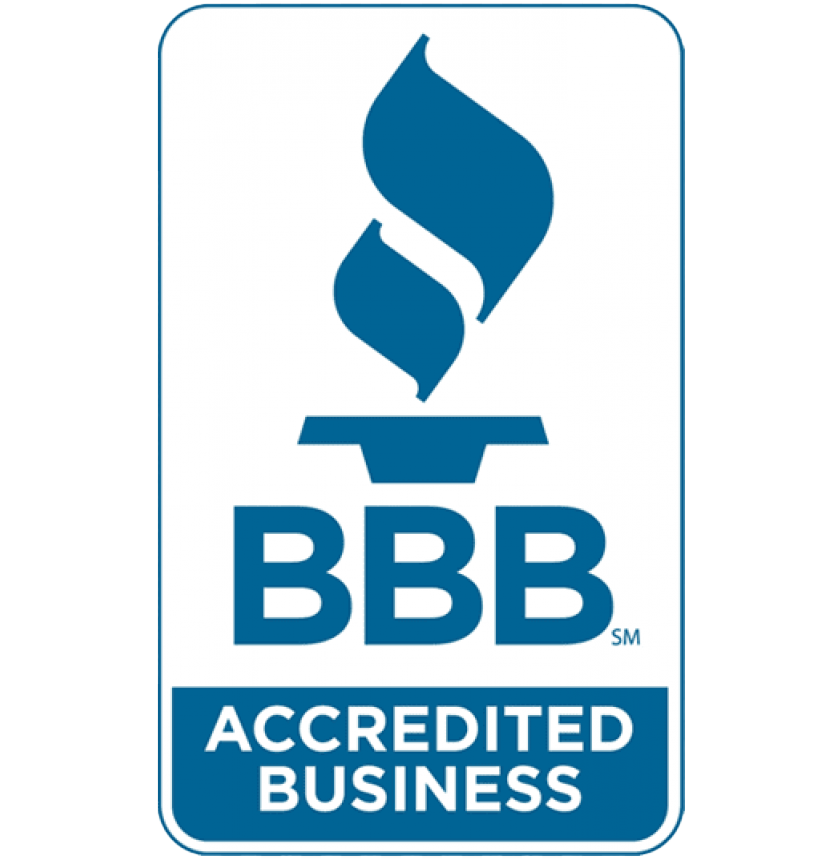Introduction
Welcome to the world of data pipelines, where efficiency is key to harnessing the power of data and gaining valuable insights. In this blog series, we will explore two essential technologies in data pipeline architecture: Kafka and Airflow. Join us as we uncover their advantages and provide real-world examples from industry leaders like Airbnb, Netflix, Lyft, Twitter, and Slack.
Advantages of Kafka and Airflow
Kafka and Airflow offer numerous advantages that make them the top choices for building robust and efficient data pipelines. Anant Corporation’s extensive experience working with Real-Time Data Enterprise Platforms allows our experts to incorporate them into our own custom pipelines curated to meet the specific needs of your enterprise.
Kafka acts as the backbone of real-time data streaming, allowing organizations to ingest and process data in real-time using Kafka Streaming. Its distributed and scalable architecture ensures high availability and fault tolerance. Data is divided into multiple partitions, and these partitions can be spread across multiple brokers or nodes.
On the other hand, Airflow excels in workflow management and orchestration. It enables the scheduling and execution of complex data workflows, ensuring the timely processing and delivery of data. It utilizes Python in one of its core elements– the DAG (Directed Acyclic Graph)– Python, of course, boasts numerous data engineering libraries and tools.
Cost Effectiveness of Kafka and Airflow
One of the significant benefits of Kafka and Airflow is their cost-effectiveness in data pipeline architecture. Kafka’s distributed nature allows organizations to handle large volumes of data cost-efficiently. It enables horizontal scaling, making it easy to add or remove resources based on the data load. This scalability ensures that organizations pay only for the resources they need, optimizing costs.
Similarly, Airflow’s workflow management capabilities automate and schedule data processing tasks, optimizing resource utilization. By efficiently managing workflows, organizations can reduce operational costs and maximize their return on investment.
Both tools benefit from the cost savings of horizontal scaling, resulting in more cheaper resources rather than prohibitively expensive, peak resource machines. Additionally, both tools are open source projects with good community support, reducing software licensing and service costs.
List of Tools for Kafka and Airflow
To harness the full potential of Kafka and Airflow, various tools and platforms are available. Confluent Platform, a managed service for Apache Kafka, provides a comprehensive set of tools for managing Kafka clusters, monitoring performance, and ensuring data integrity. Apache Kafka itself offers a rich ecosystem of connectors, libraries, and frameworks to simplify data integration and processing, and generally allowing the user to connect to almost any data source they could need.
In the case of Airflow, Apache Airflow is the primary open-source framework for workflow management. It provides a flexible and extensible platform for defining and executing data workflows. Organizations can leverage these tools based on their specific requirements and scale their data pipelines effectively. Those seeking Airflow-managed services can investigate Astronomer.io. Airflow’s ubiquity in the workflow management space has generated a lot of tools and resources surrounding it.
The Role and Impact of Anant Services and Expertise
At Anant Corporation, our mission is to help companies modernize and maintain their data platforms, empowering them and their teams to succeed with cutting-edge technology. While specializing in Cassandra consulting and professional services, we have extensive expertise in the broader data engineering space. We leverage our expertise to empower customers to turn their data challenges into successes.
Our collaboration with DataStax on Cassandra projects, including planetcassandra.org, demonstrates our commitment to improving access to Cassandra-related data within the data community. By incorporating our services and expertise, organizations can enhance their data pipeline management, optimize performance, and achieve their data-driven goals.
Conclusion
In this introductory blog, we explored the advantages of using Kafka and Airflow in data pipeline architecture. We discussed the cost-effectiveness of these technologies and highlighted the tools available for their implementation. Furthermore, we discussed Anant Corporation’s role in helping organizations modernize their data platforms and leverage our expertise to overcome data engineering challenges.
In the next blog, we will dive into real-world examples of Kafka and Airflow implementation at Airbnb, showcasing how these technologies power their data pipelines. If you have any questions or need assistance, feel free to contact Anant.



